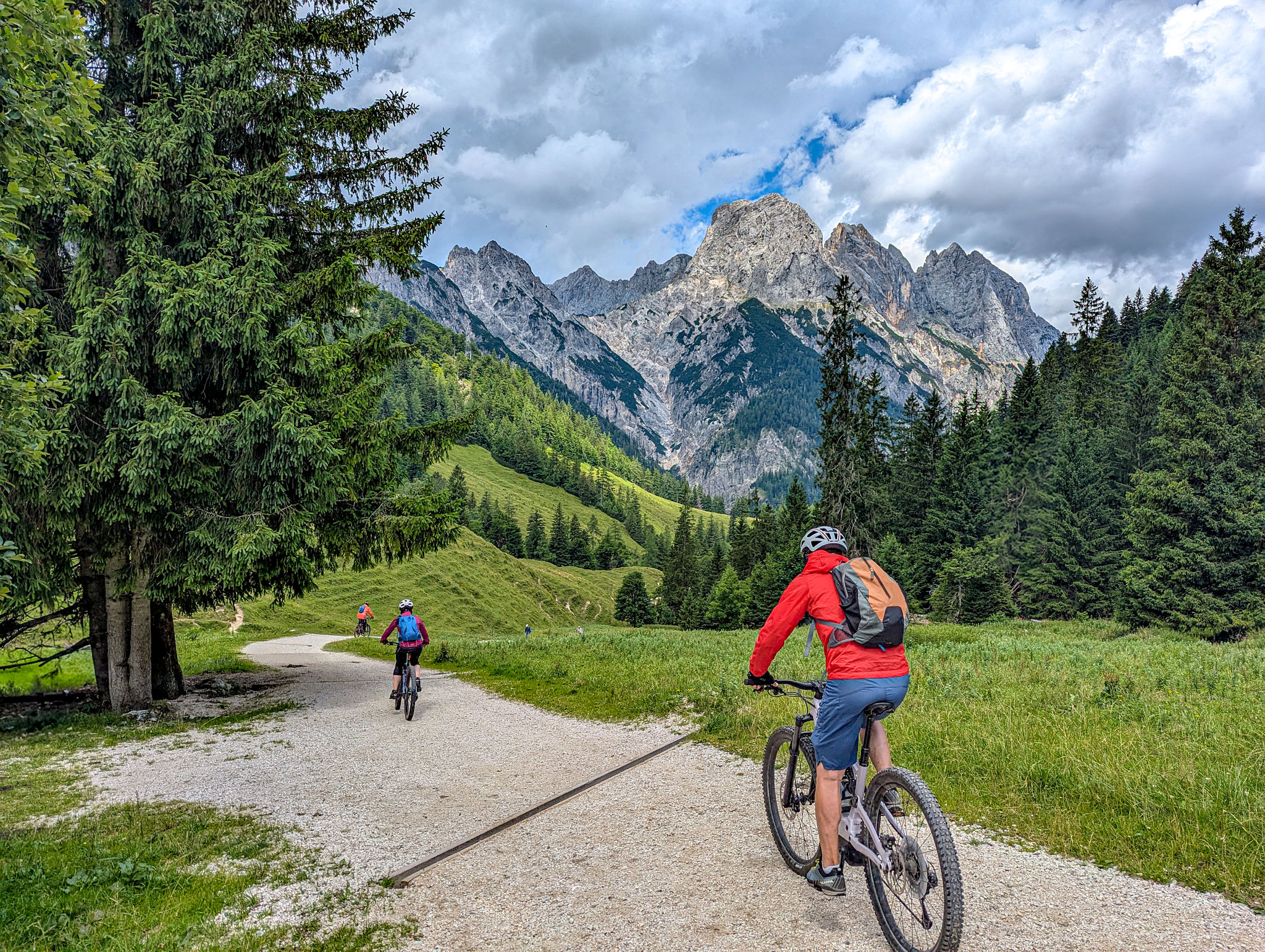How to Design a Low-Maintenance Garden: Tips for Busy Homeowners
Understanding Your Space
Designing a low-maintenance garden begins with understanding your space. Assess the amount of sunlight your garden receives, the type of soil you have, and the climate in your area. These factors will help you choose the right plants and materials that require minimal upkeep. Consider the layout of your garden—make sure it’s accessible and easy to navigate.

Choosing the Right Plants
Selecting plants that thrive in your local climate is crucial for a low-maintenance garden. Opt for native plants as they are naturally adapted to your environment and require less water and care. Additionally, consider perennials over annuals. Perennials return year after year, saving you the time and effort of replanting annually.
Low-Maintenance Plant Suggestions
Here are some plant suggestions that generally require less maintenance:
- Succulents and cacti
- Lavender
- Hostas
- Daylilies
Efficient Watering Solutions
Watering is often one of the most time-consuming tasks in garden maintenance. Implementing an efficient watering system can save you time and water. Consider installing a drip irrigation system or soaker hoses to deliver water directly to the roots, minimizing evaporation and runoff.

Mulching Benefits
Mulching is another effective way to reduce maintenance. A layer of mulch around your plants can help retain moisture, suppress weeds, and keep your soil temperature consistent. Organic mulches like shredded bark or compost also enrich the soil as they decompose.
Incorporating Hardscaping Elements
Hardscaping refers to using non-plant elements in your garden design. By incorporating features like stone pathways, gravel beds, or a patio area, you can reduce the amount of lawn or plant space that requires regular care. Hardscaping also adds visual interest and structure to your outdoor space.

Using Containers and Raised Beds
Containers and raised beds can significantly simplify gardening tasks. They allow you to control soil quality, manage pests more easily, and reduce the need for bending or kneeling during gardening tasks. Choose large containers to minimize watering frequency and consider self-watering pots for even less maintenance.
Regular but Minimal Maintenance
Even a low-maintenance garden requires some attention. Schedule regular, brief maintenance sessions to keep your garden in check. Tasks such as deadheading flowers, trimming overgrown plants, and checking irrigation systems can be done swiftly if maintained consistently.
By following these tips, busy homeowners can create a beautiful outdoor space that doesn’t demand constant attention, allowing more time to relax and enjoy their surroundings.
